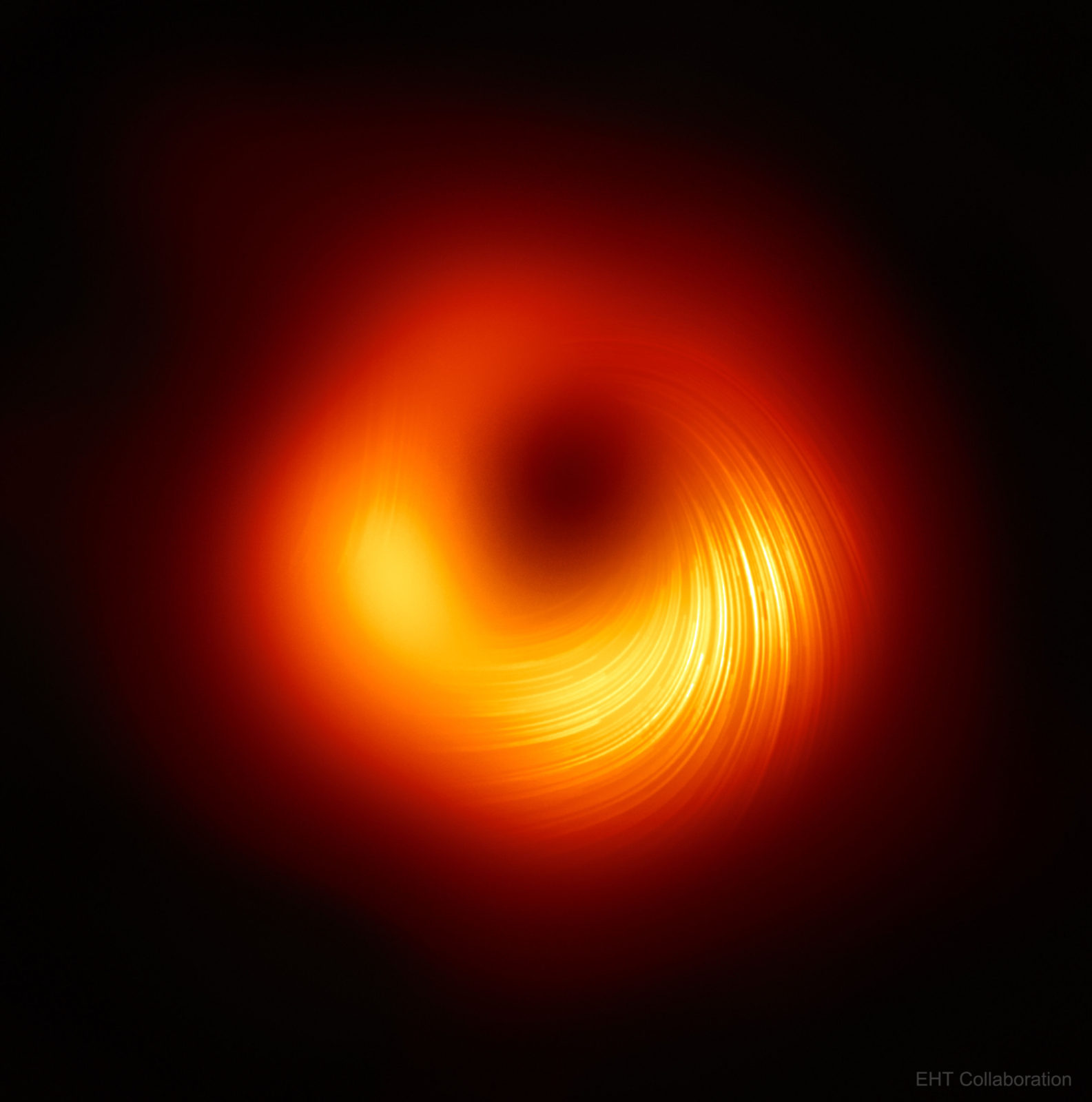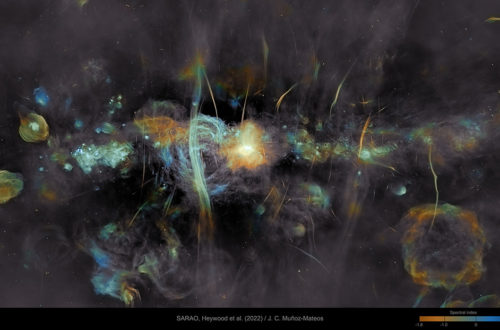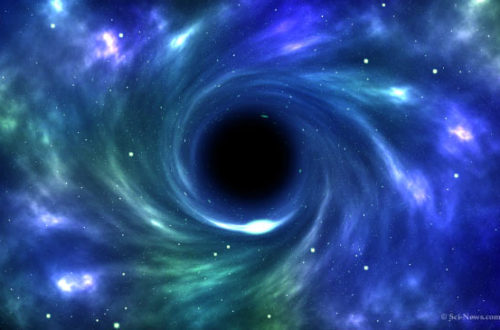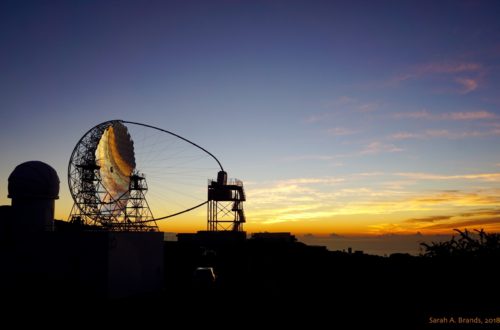A couple of weeks ago, the Event Horizon Telescope (EHT) collaboration has revealed, for the first time, the black hole image of the M87 in polarized light. This is the next big step closer to better understanding how accreting materials evolve and how M87 launches the energetic jets, which extend at least 5000 light-years.
Light becomes polarized when it propagates through filters like the lenses of polarized sunglasses. Such sunglasses have been used to protect our eyes and enhance our vision by reducing the glare of the sun or the reflected light. Likewise, we can see better the region around the black hole from the polarized light, which is emitted from hot magnetized plasma predominantly through the synchrotron process. Specifically, such polarimetric information allows us to map the magnetic field lines present at the inner edge of the black hole.
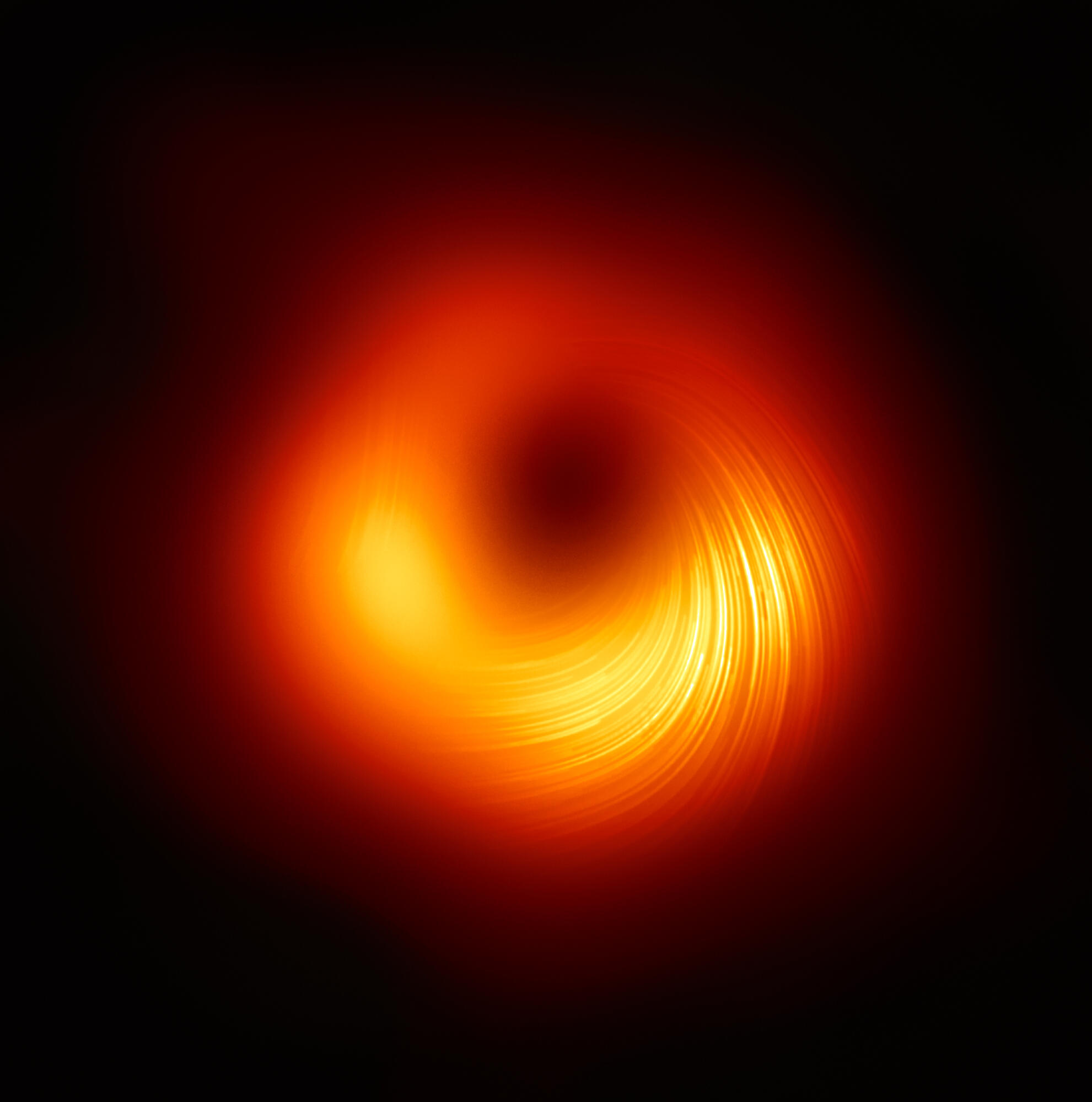
Active Galactic Nuclei, including M87, occasionally produce relativistic, collimated jets, however, the accelerations and collimation mechanisms of jets still remain unclear. There are plenty of theoretical ideas that explain the origin of such powerful jets connecting to the central supermassive black hole or accretion disk. The most crucial ingredient that connects between the jets and the physics of the compact objects (e.g., the black hole spin) is magnetic fields. Hence, the recent discovery provides a framework for examining those theoretical models.
This would help part of our group (Dr. Chhotray and Ma) establishing the semi-analytic jet models by constraining the realistic magnetic field structure. Also, this proves that the ‘MAD’ model (Magnetically Arrested Disk) is able to reproduce the polarization pattern that is observed at M87, so it allows the simulation side of our group (Drs. Yoon, Musoke, Chatterjee, and Leichtnam) to study deeper the model in understanding the complicated behavior of accreting flows and jets. Most theoretical works are built upon some assumptions and the simplified initial configurations depending on the problems of interest. Therefore, something like the recent polarization map around M87 indeed acts as a concrete stepping-stone for supporting theoretical studies that our group has devoted.

